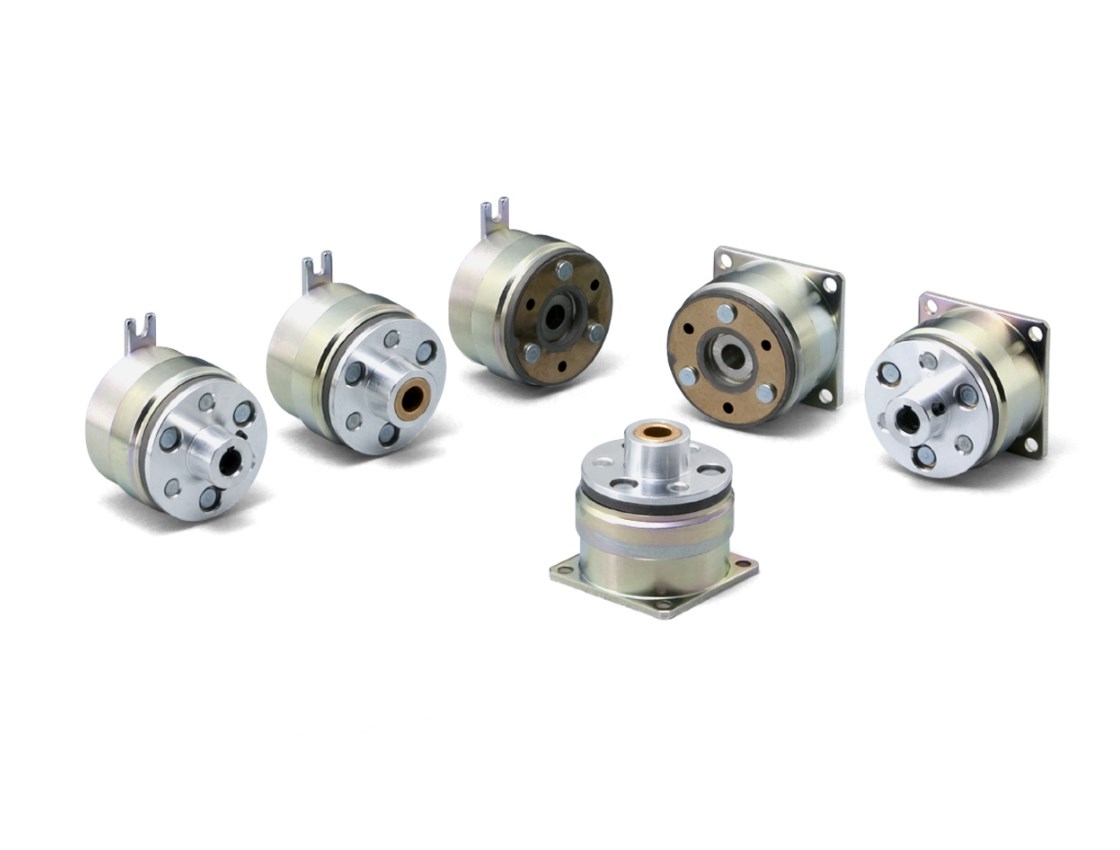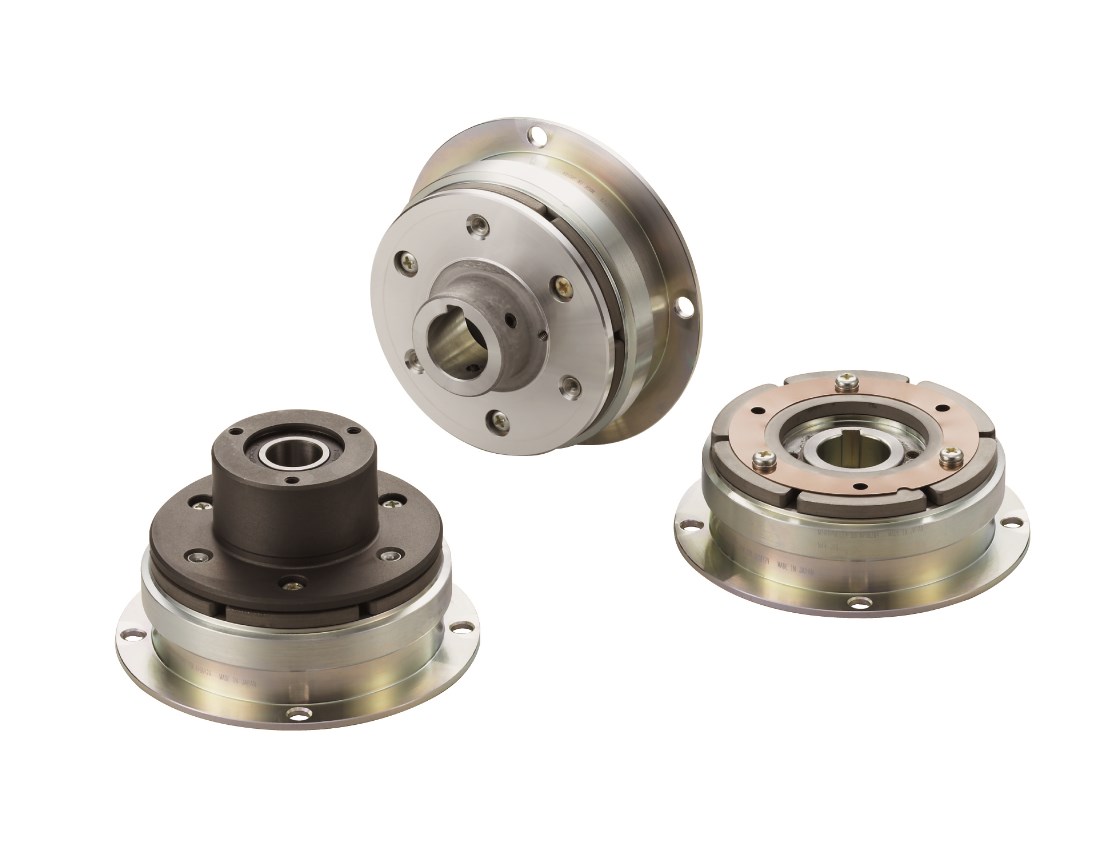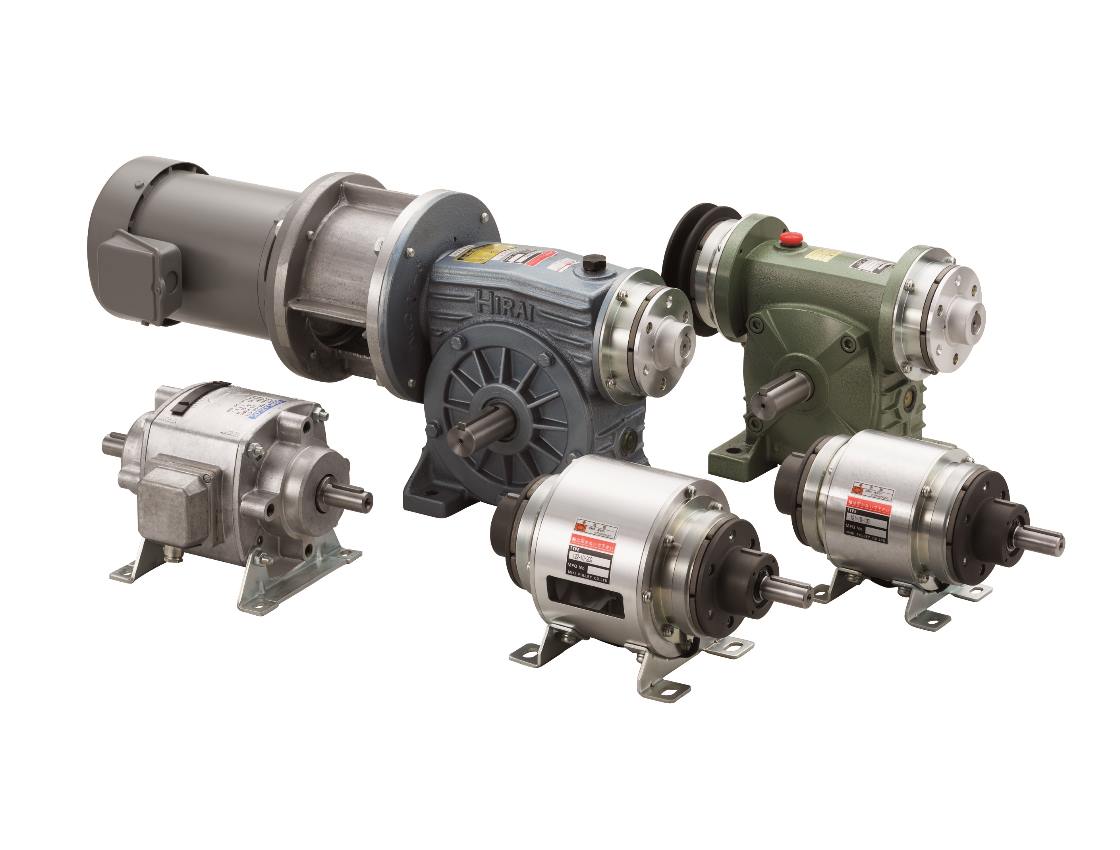Electromagnetic clutches and brakes
Unlimited applications due to standardisation
Electromagnetic clutches and brakes
What are electromagnetic clutches and electromagnetic brakes?
Electromagnetic brakes and clutches connect, brake or disconnect rotational movements using electromagnetic force. The force is generated by a current flowing through a coil. In contrast to our spring-actuated safety brakes, they are so-called “Power ON” products.
How do electromagnetic clutches and brakes work?
There are two groups here, depending on the type of actuation: spring-actuated and electromagnetically actuated. In the electromagnetically actuated clutches and brakes, a function is triggered by the flow of current through a coil. Spring-actuated brakes, on the other hand, are actuated by spring tension when the power supply to the coil is interrupted (for an example, power failure).
What are the features of Miki Pulley electromagnetic clutches and brakes?
To maintain shaft motion or transmit torque, electromagnetic clutches and brakes must be continuously energized. Torques from 0.4 to 320 Nm can be held or transmitted with little wear. Thanks to the standardized design and consistent connection geometries, the components can be exchanged in no time at all and adapt to a wide range of applications.
Miki Pulley offers a wide range of electromagnetic brakes and clutches, which, among other things, also combine various functions and thus cover a wide field of applications.
What are the advantages of electromagnetic clutches and brakes compared to other types of clutches or brakes?
The use of basic functions and the combination of electromagnetic clutches and brakes enable a wide range of applications such as staged speed changes, switching between forward and reverse operation, positioning and cyclic operation. The simplicity of the control system and ease of maintenance are particularly noteworthy here.
Where are electromagnetic clutches and brakes used?
The electromagnetically actuated brake model 111, for example, can be used in the lifting device for the support foot of a truck, while the clutch model 101 or model CS are suitable, for example, for metering systems or production machines for zippers. With the CSZ (clutch) and BSZ (brake) models, the time required for gap adjustment, for example, can be drastically reduced by adapting the design parts.
Electromagnetic micro-clutches and micro-brakes are particularly suitable for compact equipment where the fluctuations in response and torque must be avoided, such as ATMs, printing machines, machine tools or packaging machines. In addition to the 102 (clutch) and 112 (brake) models, which have the same basic principle of brake and clutch, we supply the model CYT, a clutch that can be adapted to meet a wide range of customer requirements.
A combination of individual brakes and clutches also proves to be very practical. Combined clutch-brake units offer the advantage of using only one component instead of several clutches and brakes for the construction of extensive mechanisms.
Do you need detailed advice? Then we look forward to hearing from you!





